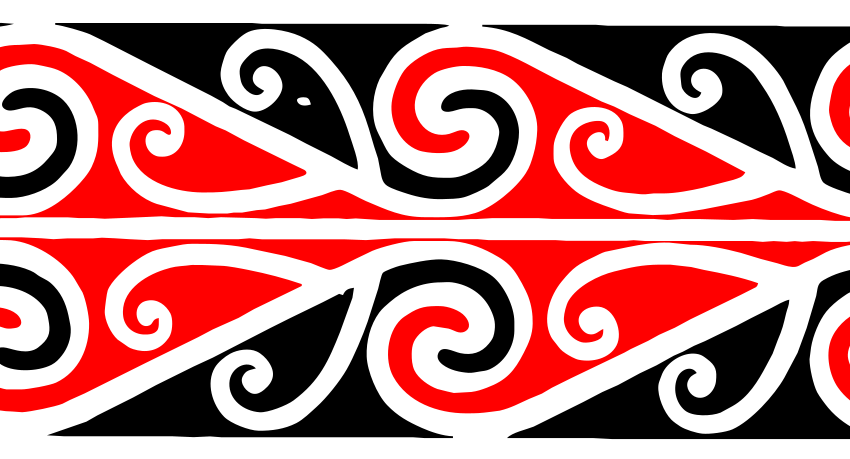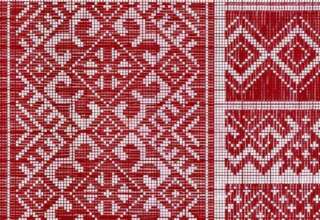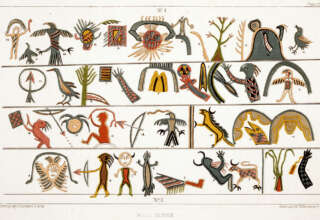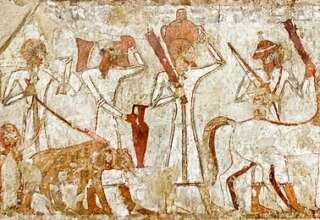
Efforts have been made, centering on the Treaty of Waitangi, to increase the standing of Māori in wider New Zealand society and achieve social justice. Traditional Māori culture has enjoyed a significant revival, which was further bolstered by a Māori protest movement that emerged in the 1960s. However, disproportionate numbers of Māori face significant economic and social obstacles, and generally have lower life expectancies and incomes compared with other New Zealand ethnic groups. Māori suffer more health problems, including higher levels of alcohol and drug abuse, smoking and obesity. Less frequent use of healthcare services meand that late diagnosis and treatment intervention lead to higher levels of morbidity and mortality in many manageable conditions. Compared with non-Māori, Māori people experience higher rates of heart disease, strokes, most cancers, respiratory diseases, rheumatic fever, suicide and self-harm, and infant deaths.
Māori are the second-largest ethnic group in New Zealand, after European New Zealanders (commonly known by the Māori name Pākehā). In addition, more than 170,000 Māori live in Australia. The Māori language is spoken to some extent by about a fifth of all Māori, representing three percent of the total population. Māori are active in all spheres of New Zealand culture and society, with independent representation in areas such as media, politics, and sport.
Since the 1960s, Māoridom has undergone a cultural revival concurrent with activism for social justice and a protest movement. Kōhanga reo (Māori language pre-schools) were established in 1982 to promote Māori language use and halt the decline in its use. Government recognition of the growing political power of Māori and political activism have led to limited redress for historic land confiscations. In 1975, the Crown set up the Waitangi Tribunal to investigate historical grievances, and since the 1990s the New Zealand government has negotiated and finalised treaty settlements with many iwi across New Zealand. By June 2008, the government had provided over NZ$900 million in settlements, much of it in the form of land deals.[96] There is a growing Māori leadership who are using these settlements as an investment platform for economic development. The 54th Parliament after the 2023 New Zealand general election has seen a historically high number of Māori MPs at 33. Māori are at 27% of the parliament while in the general population they are 17%.
The Māori language, also known as te reo Māori or simply Te Reo (“the language”), has the status of an official language. Many Māori people observe spiritual traditions such as tapu and noa. Certain objects, areas, or buildings are tapu (spiritually restricted), and must be made noa (unrestricted) by ceremonial action. It is common practice, for instance, to remove one’s shoes before entering a wharenui (meeting-house), a token of respect for the ancestors who are represented and spiritually present within the wharenui. Cultural performance of waiata (song), haka (dance), tauparapara (chants) and mōteatea (poetry) are used by Māori to express and pass on knowledge and understanding about history, communities, and relationships. Māori participate fully in New Zealand’s sporting culture, and are well-represented in rugby union, rugby league and netball teams at all levels. As well as participation in national sports teams, there are Māori rugby union, rugby league and cricket representative teams that play in international competitions.






